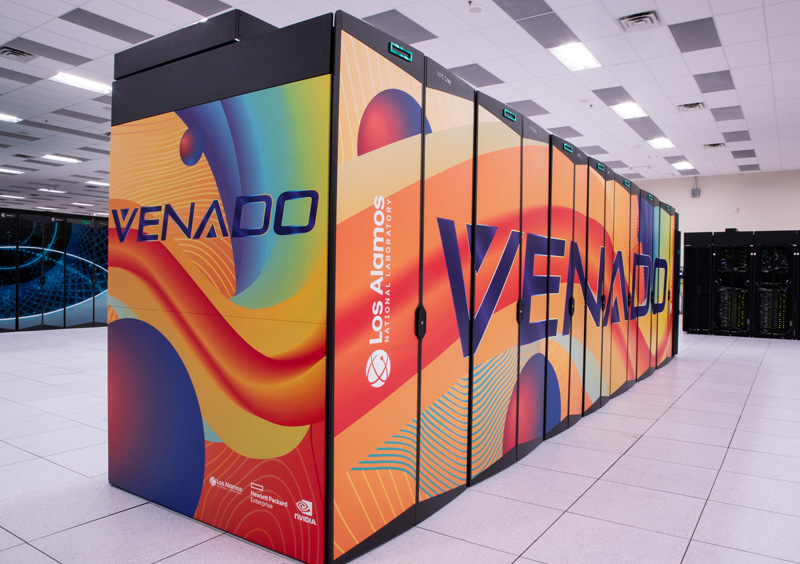HPC Environments
The High Performance Computing Environments group provides direct customer support and interaction at any technical depth of HPC production systems within HPC Division, the Laboratory, and the NNSA complex. HPC Environments designs, manages and maintains the software environment for customer computing.
The group is also responsible for providing input and support to DOE HPC applications ensuring readiness on current and future HPC systems using performance analysis and profiling tools.



